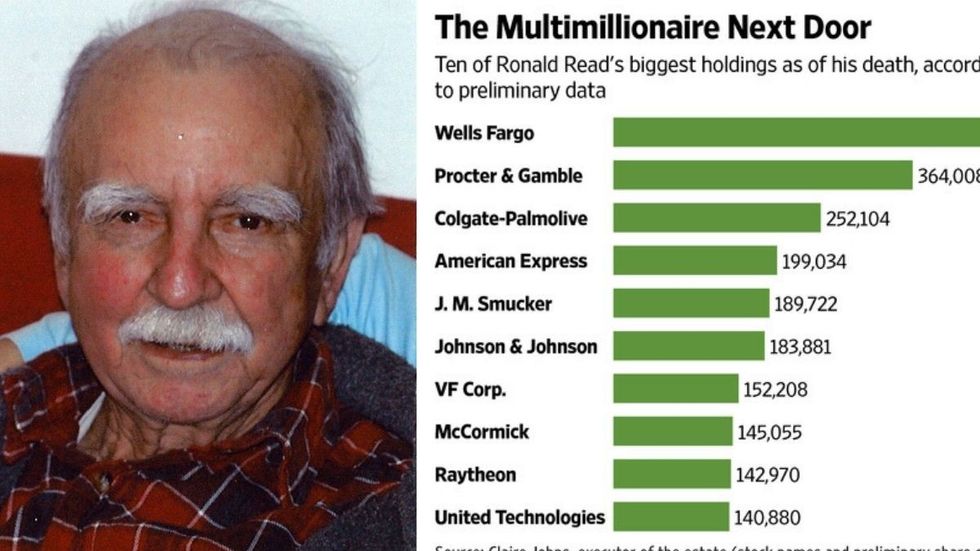Womans First Job Was to Scrub Toilets at McDonalds - Now, She Owns 12 Restaurants
Tanya Hill-Holliday is a familiar name in the McDonald's franchise. But she wasn't always. "I was told I wasn't supposed to be here, I was called every name BUT my name," she told CBS News.Luckily, she didn't listen. Now, she's the proud owner of a dozen McDonald's restaurants in Pennsylvania and her story of perseverance is inspiring others to dream big. From Scrubbing Toilets to Making History as Philly’s First Black Woman to Own a McDonald’sTanya Hill-Holliday landed her first job working as a part-time crew member at McDonald's while attending Morgan State University in Baltimore, Maryland. She was cleaning toilets, scrubbing baseboards, and wiping tables. It was far from glamorous. But that didn't matter, she enjoyed it anyway. "I always enjoyed what I was doing, as difficult as it was to be told, 'You got to clean a table, you got to clean the toilets, you got to scrub the baseboards." "'You got to do...' I did it."Tanya Hill-Holliday via CBS PhiladelphiaUpon graduating from university with a degree in management, she immediately jumped into the McDonald's management trainee program. She's never looked back. From there, she crawled her way up the corporate ladder, from crew member to supervisor to assistant manager to vice president. Despite being constantly told she didn't belong, she ignored the haters, put her head down, and just kept on working. It paid off.She's Lovin' It!Forty-four years and 13 positions later, Holliday is now the proud owner of a dozen restaurants. Using her stock options, she bought her very first franchise in 2005. Today, it's worth over $1.5 million. Not only was it her first restaurant, it was a first in the Philly history books. She is recognized as the very first African American woman to own and operate a McDonald’s in the “City of Brotherly Love.” Since then, she's purchased 11 more restaurants. Currently, she has more than 600 employees, some of whom have been with her from day one. She considers them all family.And now, she's giving back. She serves as the National Black McDonald’s Operators Association Chair and CEO of 168 entities across the U.S. According to its website, the NBMOA is "the largest organization of established African American entrepreneurs in the world."As the Chair and CEO, Holliday is committed to ensuring that "McDonald’s fully engages the African American community in an authentic, respectful, and positive manner." She plans to implement new and innovative programming to enrich the members and benefit the communities they serve. Never Give up on Your DreamsHolliday hopes her journey will inspire young people just starting out on theirs. "When you think you've hit a brick wall, go over the wall, go around the wall — if you gotta go under the wall — do what you have to do but just don't let roadblocks stop you. Keep persistent. Be strong."Tanya Hill-HollidayA little praying doesn't hurt either."Stay motivated, stay encouraged, stay prayed up. I stay prayed up all the time," Holliday added.With sheer perseverance and tenacity, Holliday proved her critics wrong. Not only that, but she went all the way, rising to the top AND making history. Not bad for a woman who started by scrubbing toilets.Her story is an inspiration to all of us. A trailblazer and a role model for aspiring entrepreneurs, she proves that determination, resilience, and the refusal to give up can lead to achieving even our wildest dreams. More from Goalcast:Freezing Homeless Man Goes to a Closed McDonald’s – Manager Defies All Rules and Does ThisLittle Girl Starts Screaming at McDonald’s – Mom Burst into Tears After Seeing One Employee’s ActionsWoman Takes Brother With Autism to McDonald’s – One Employee’s Behavior Towards Him Goes Viral





























